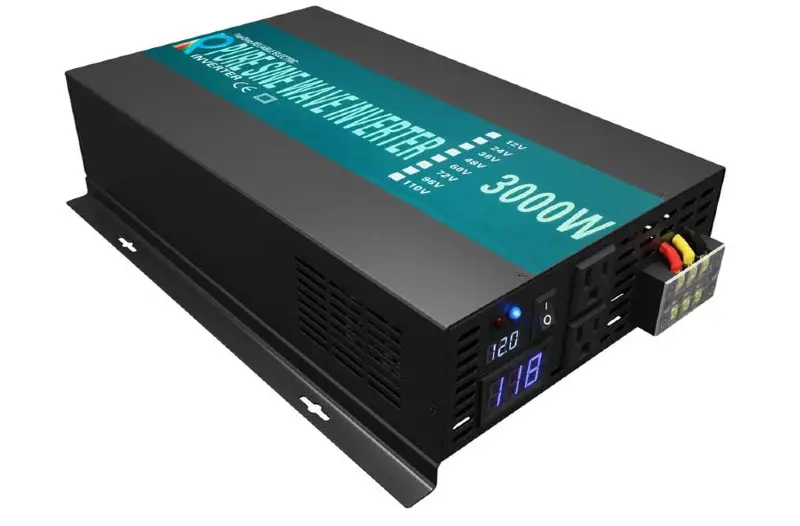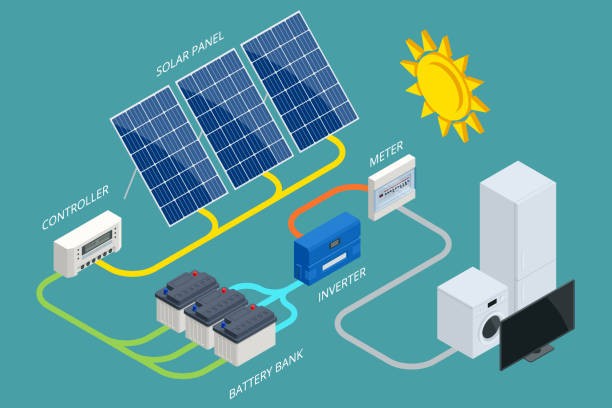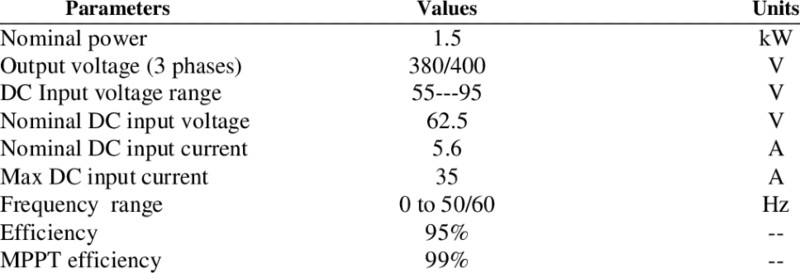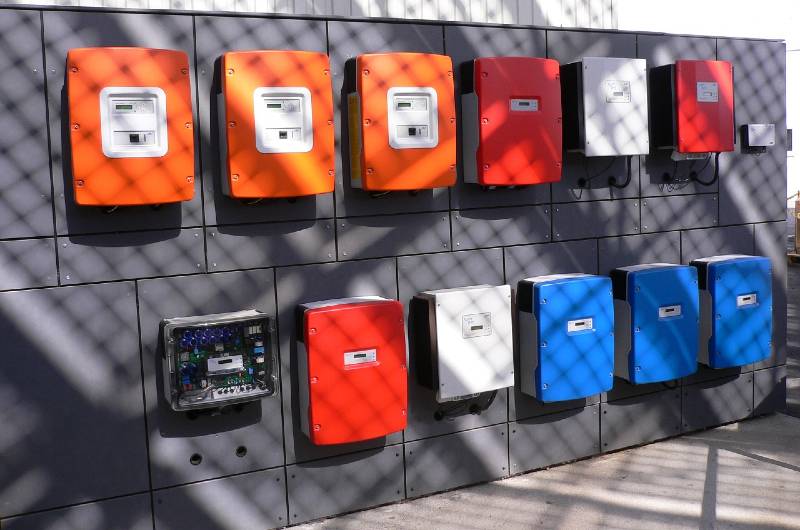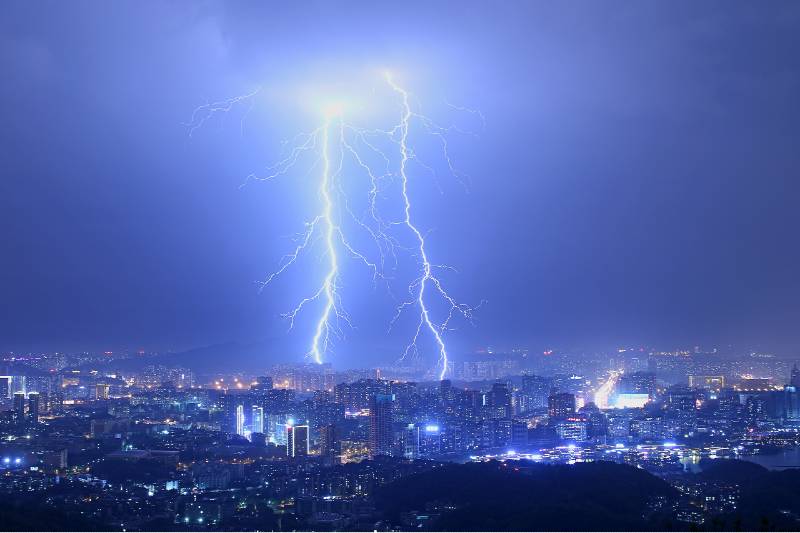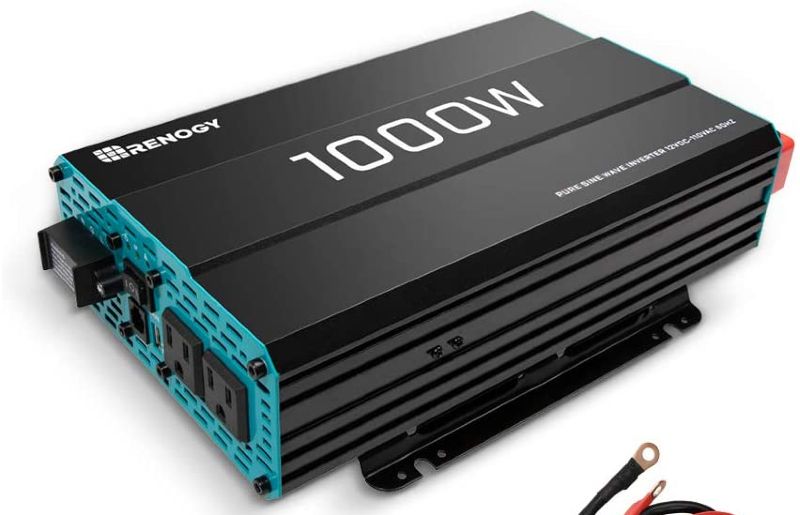People have always come up with ways to keep their homes and gadgets safe from nature’s forces.
Today, we’ve got a new challenge on our hands: figuring out how to protect your solar inverter from lightning.
It’s an old problem with a new twist, right?
One solution can be as simple as installing a good surge protector.
These little devices act like a shield, blocking those sudden bursts of electricity that lightning can send your way.
In this article, I’ll walk you through other essential steps like proper grounding and the strategic use of lightning rods, ensuring that your solar inverter is safe enough.
Key Takeaways
- To protect your solar inverter from lightning, use isolation techniques, proper grounding, surge protectors, and install lightning rods.
- Isolating the inverter in a separate metal enclosure and placing it in a less exposed area reduces the risk of direct strikes and electrical surges.
- Properly grounding the inverter helps dissipate unwanted electrical charges safely into the earth and complies with local electrical codes.
- Surge protectors are essential as they protect sensitive components like microchips and capacitors from voltage spikes.
- Installing lightning rods attracts strikes and channels the electrical charge into the ground, safeguarding the entire system, especially in areas prone to frequent storms.
What Are the Risks of Lightning Strikes to Solar Inverters?
The risks of lightning strikes to solar inverters include those sudden and powerful zaps of electricity that come right along with a lightning bolt.
This jolt, called a transient current, hits hardest right where the lightning strikes.
But it doesn’t stop there—this zap can also cause a spike in voltage across the AC side of your solar system, no matter where the lightning hits.
These spikes are bad news for your inverter.
They can mess it up so badly that it might start acting weird or just stop working altogether and fixing or replacing it can hit your wallet hard.
That’s exactly why experts are all about getting a good lightning protection system in place before you even think about setting up your solar panels.
What Are the Ways to Protect Your Solar Inverter from Lightning?
1. Isolate the Inverter
If you want to keep your solar inverter safe, think about giving it its little fortress.
How?
By putting it in a metal enclosure all by itself.
This isn’t just about keeping it separate from other equipment; it’s about picking a way safer spot.
Instead of placing it right where your solar panels are (which tend to be in more exposed areas of your roof), you can tuck the inverter somewhere less likely to catch a lightning strike.
So, why go to all this trouble?
Well, by moving the inverter to a less exposed spot, you’re cutting down on the chances of lightning hitting it directly.
But that’s not all—this kind of setup also protects your inverter from those nasty electrical surges that can zip across your roof when there’s a storm.
This way, you’re essentially creating a little safe zone.
Related article: Do Solar Panels Attract Lightning?
2. Properly Ground the Inverter
Grounding your inverter is like giving it a safe path to send any unwanted electricity straight into the ground, keeping both the inverter and your home safe.
It’s not just about placing the inverter on your property; it’s crucial to make sure that its metal cabinet is properly connected to the earth.
Here’s how to do it right: First, the inverter should be firmly bonded to the structure of your house or building, often on the roof where it’s usually installed.
But it’s not as simple as just hooking up a wire.
You need to follow the local electrical codes to the letter.
These codes require you to install a separate ground rod every eight feet of your inverter’s height, deep into the earth.
Once your ground rods are in place, connect them with a grounding wire.
This wire should then extend from the rod and go back into your building, connecting to a visible metal part like an appliance outlet box cover.
This part is crucial because it links to your building’s overall electrical grounding system.
3. Use Surge Protectors
Surge protectors step in and take control when electricity spikes threaten to damage sensitive parts of your setup, like microchips, capacitors, and transformers.
These spikes can come from lightning or other power surges, and they can even mess up entire modules if you’re not careful.
Here’s what you need to know: You should hook up a surge protector between your solar inverter and the power source.
There are two types—AC and DC—so you’ll choose based on what your system requires.
One cool part of a surge protector is the metal oxide varistor or MOV.
This little device is pretty smart; it acts normally under regular voltage but drastically reduces its resistance when the voltage spikes above a safe level.
This sudden change helps block the excess voltage from reaching your inverter.
However, keep in mind that surge protectors don’t last forever.
They wear out and should be replaced every five years to keep things running smoothly.
But here’s the thing—just protecting your inverter isn’t enough.
You also need to look out for the main power supply to your house or building.
That’s where a whole-house surge protector comes in.
You install this in your electrical panel, and it works by steering any surges from the grid straight into the ground.
This way, they never even reach your inverter or other equipment.
It’s extra protection during storms when lightning strikes are more likely.
These whole-house protectors should have at least a 200-joule rating—the minimum recommended for most solar inverters.
The higher the joule rating, the better the protection, especially against intense surges from close lightning strikes.
Because setting this up can be tricky and risky, I recommend you hire a licensed electrician to install your whole-house surge protector.
They’ll make sure everything is safe and sound, so you don’t have to worry about your system or your safety.
4. Set up Lightning Rods
Lightning rods work by attracting lightning and safely funneling the electrical charge into the ground, protecting everything in their path from getting fried.
Now, whether or not you need lightning rods depends a lot on where you live.
If lightning strikes are a common occurrence in your area, installing these rods can be a real lifesaver.
But if thunderstorms are rare where you are, you might not need them as much.
Here’s the deal with setting them up: You attach a ground wire to the bottom of the rod and bury it deep in the soil using something like an auger.
This wire should connect to your home’s grounding system, but ensure it doesn’t directly touch any electrical cables, pipes, or appliances to avoid the risk of shocks during a lightning event.
Because installing these rods involves a bit of know-how and risk, it’s a smart move to bring in a professional who knows exactly what they’re doing.
They can help figure out how many rods you’ll need and the best spots to put them to make a difference.
And don’t forget about upkeep.
Your grounding system, which includes those lightning rods, needs regular checks.
Things like rain or humidity can wear down the wires over time, which might mean you’ll need a pro to come out and fix or replace them to keep your system in top shape.
FAQs
How to Protect a Solar Inverter from Lightning?
To protect a solar inverter from lightning, use surge protectors, install lightning rods, and ensure proper grounding of the inverter.
How to Prevent an Inverter from Thunderstorms?
To prevent inverters from thunderstorms, implement surge protection, isolate the inverter in a secure enclosure, and employ lightning rods.
Do Solar Inverters Need Surge Protection?
Solar inverters need surge protection to safeguard against voltage spikes caused by lightning and other electrical disturbances.
Is Lightning Protection Required for Solar Panels?
Lightning protection is highly recommended for solar panels, especially in areas prone to frequent thunderstorms, to prevent damage and enhance system longevity.
Conclusion
As promised, we’ve gone through a bunch of ways to keep your solar inverter safe from lightning strikes.
We talked about using surge protectors, grounding your system properly, and even setting up lightning rods.
Here’s a special tip: always keep an eye on your protective gear.
Think of it like checking your car’s brakes—you wouldn’t hit the road without knowing they’re in good shape, right?
The same goes for your solar setup.
Regular checks make sure everything’s ready to handle whatever the weather throws at it, ensuring your clean energy keeps flowing safely.

